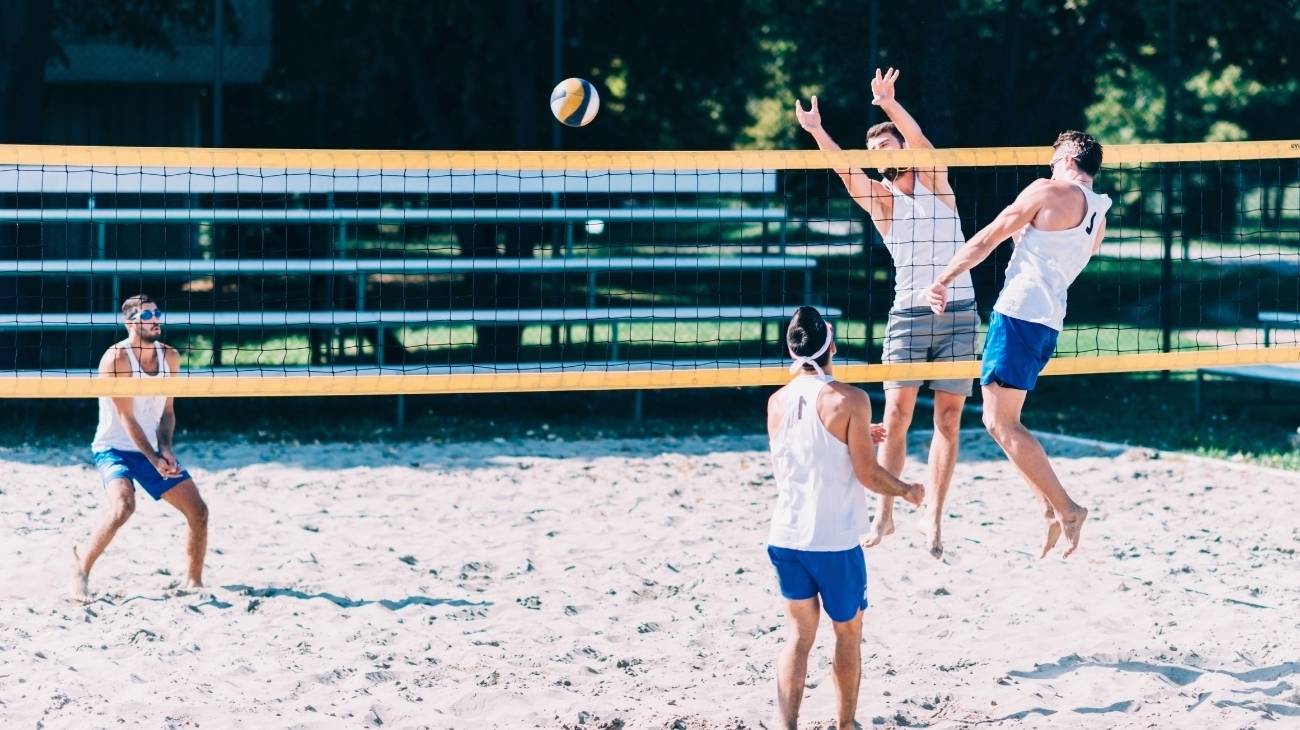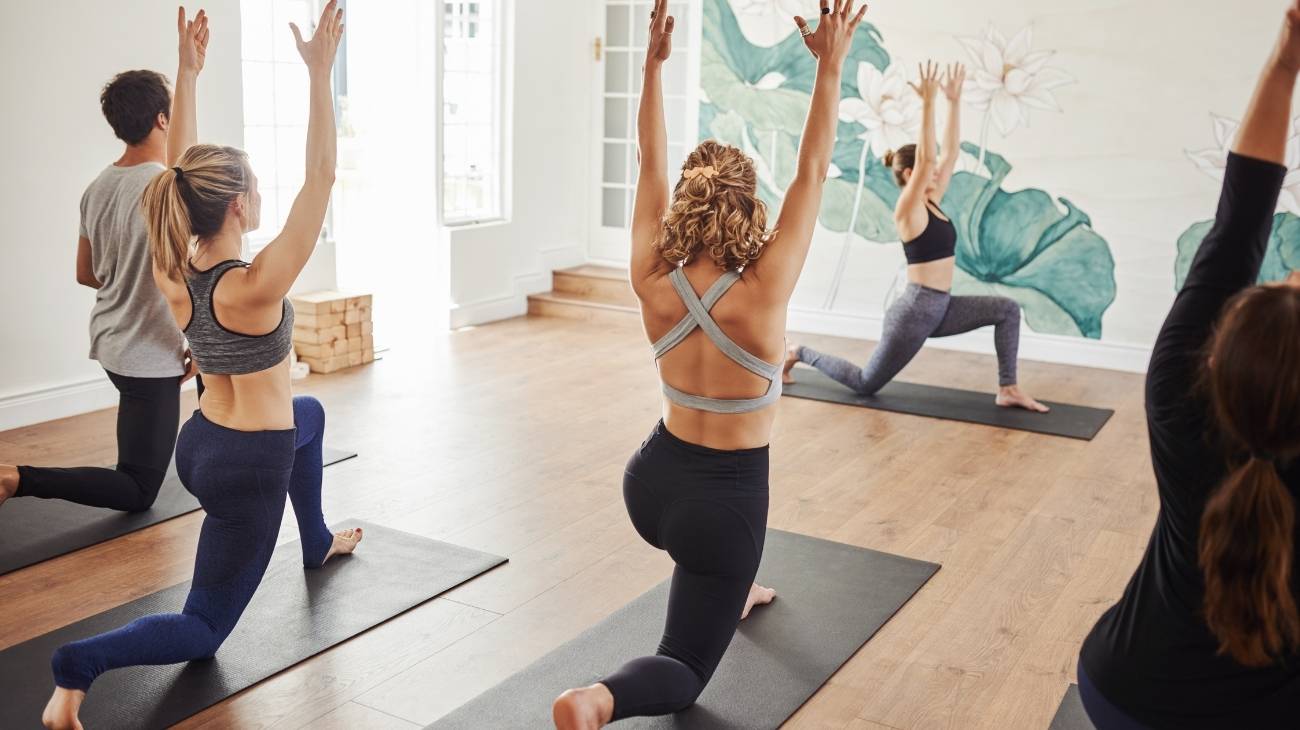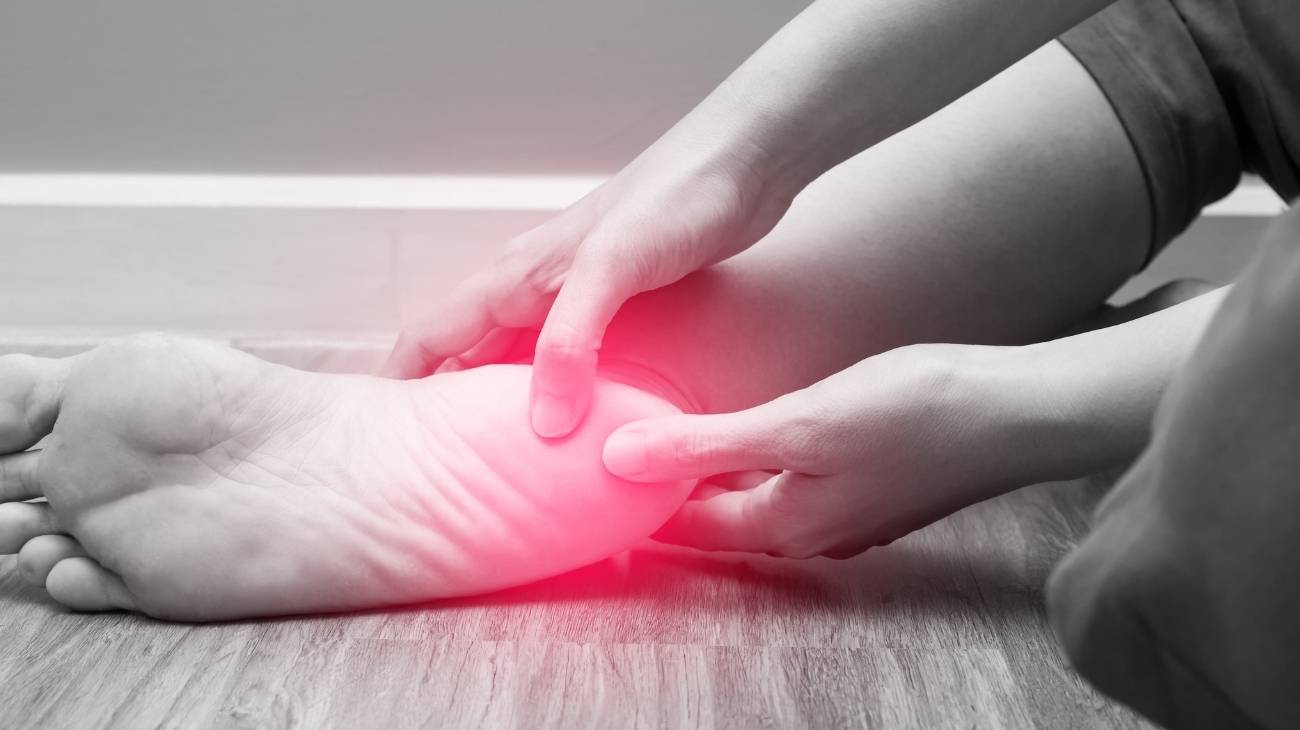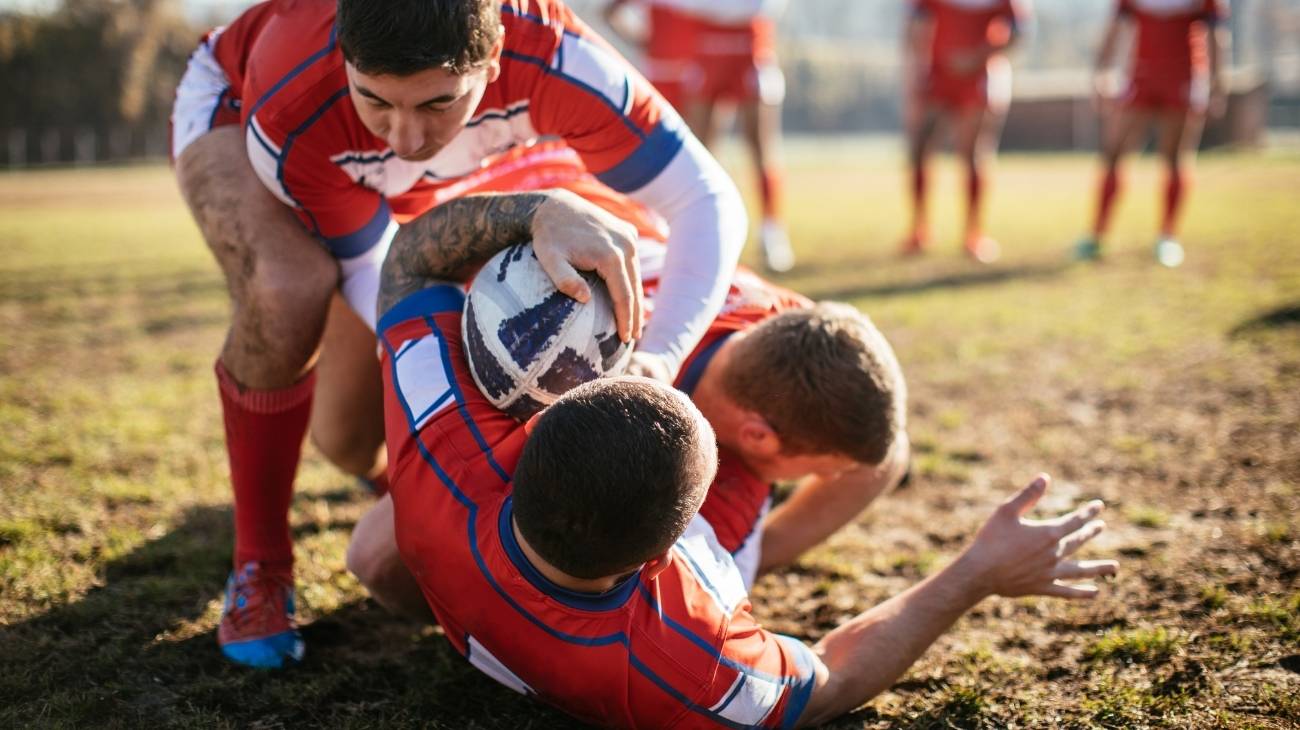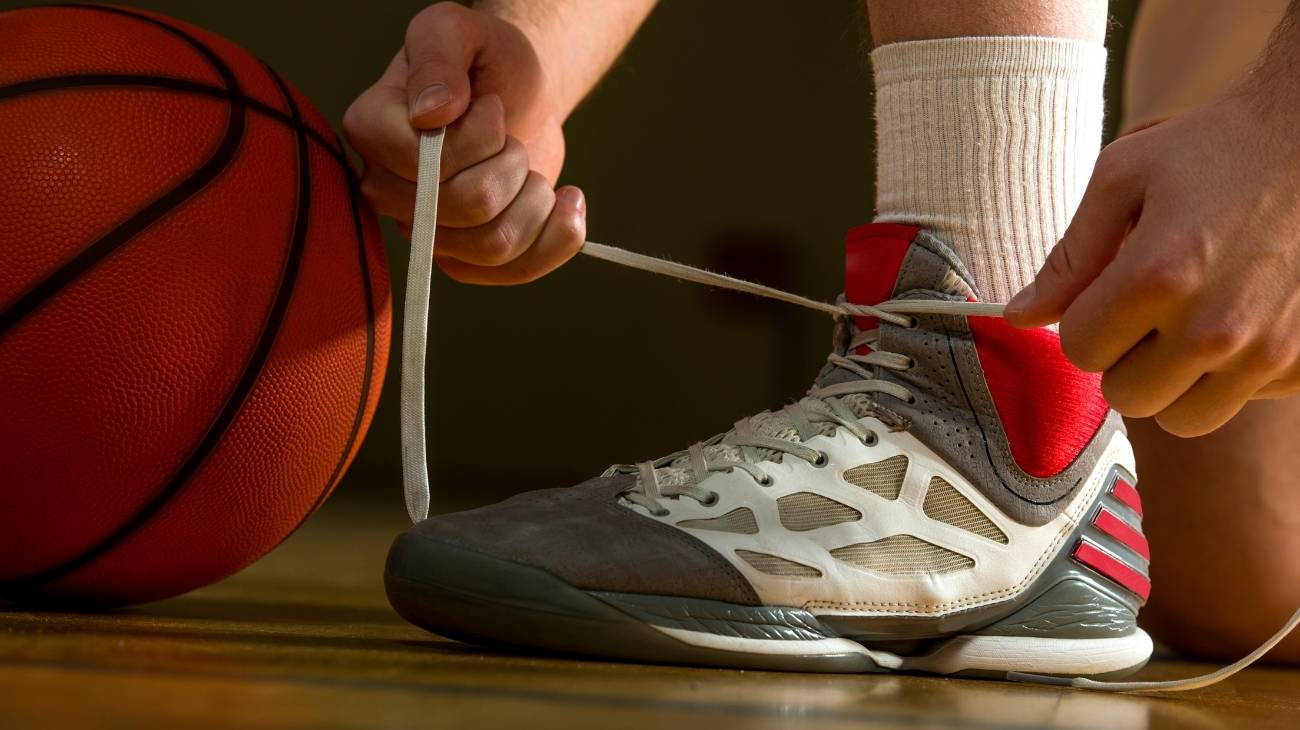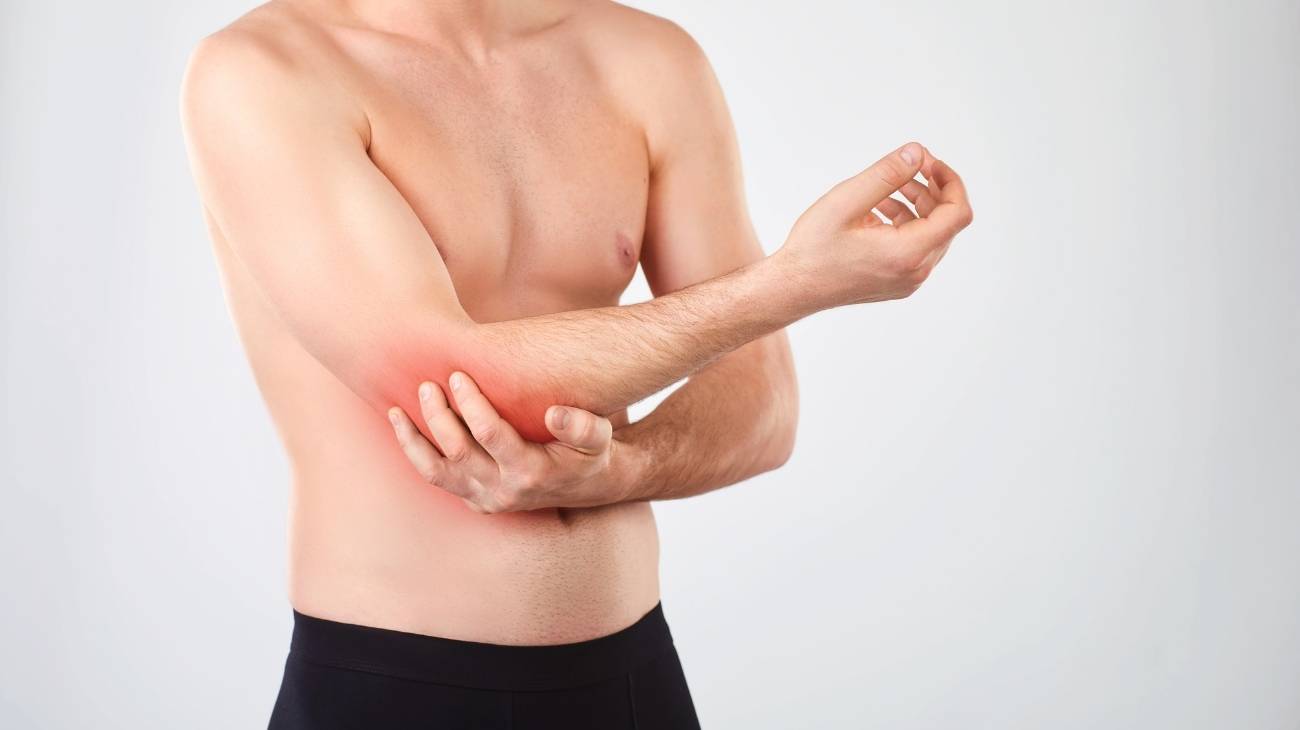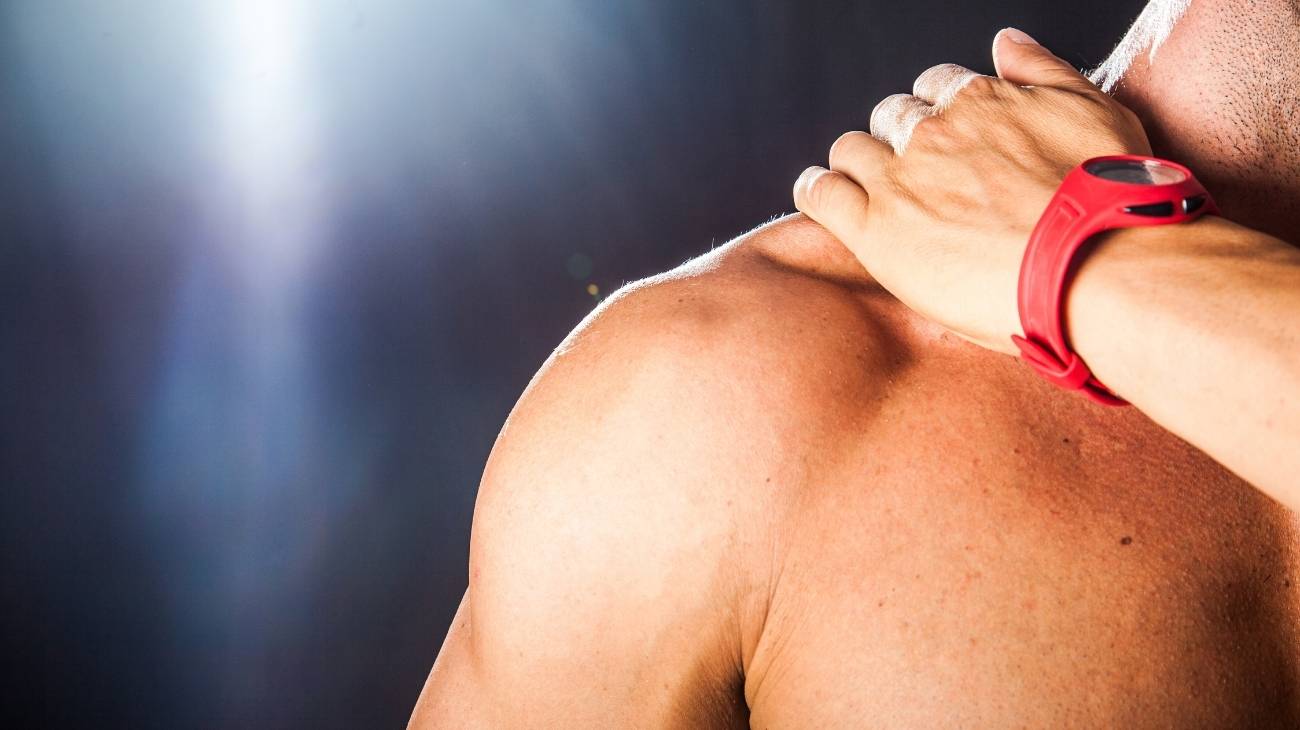Both walking and sporting activities tend to wear down the cartilage, which is the tissue responsible for lining the joints. This wear and tear affects the functioning of the cartilage directly and when this occurs in the knee area, chondromalacia patellae appears.
Most people assume that this condition only occurs in older adults, but it can also affect younger people for a variety of reasons. So, since patellofemoral pain syndrome is more common than you might think, it's worth knowing what chondromalacia patella is and how it can be improved with knee braces and patellar straps.
What is chondromalacia patella and what are its symptoms?
Articular cartilage is a tissue made up of chondrocytes or cells that forms a shiny, whitish, hard surface that covers the bony region that rubs against another bone in order to form the joint. This tissue is not vascularised and therefore its nutrition is provided by the exchange of oxygen and nutrients that takes place by osmosis. Corrosion and softening of the knee cartilage causes chondromalacia patellae.
Chondromalacia of the patella or "patellofemoral pain syndrome" is a pathology that refers to wear, cracking or softening of the cartilage responsible for isolating the friction between the patella and the femur. As such, it describes pain that manifests itself in the front of the knee and is the result of the cartilage on the posterior surface of the patella being damaged by increased pressure.
Numerous causes and risk factors are identified:
- Sporting activities that involve braking, turning and starting.
- Repeated physical activities that increase pressure on the patella.
- Use of inappropriate footwear.
- Obesity or overweight.
- Weakness in the leg muscles.
- Structural abnormalities of the patella.
- Unequal leg length
- Exaggerated curve in the spine.
The following signs and symptoms are the most common in the face of this ailment:
- Tender pain in the anterior aspect of the knee. This starts gradually and is typically related to physical activity. It worsens with running on hard surfaces and after going up or down stairs.
- Stiffness and difficulty in extending the knee.
- Weakness of the quadriceps, especially the vastus medialis.
- Shortening of the posterior muscle chain
- Perception of rubbing and clicking of the patella on the femur.
In order to diagnose this lesion more accurately, it is important to define the degree to which it is present, and this can be determined from the following classification:
- Grade 1: Mild pain due to softening of the cartilage. This discomfort is usually caused by posture, physical activity, footwear or weather conditions.
- Grade 2: In this case, the pain becomes more intense due to a reduced fibrillation of the cartilage that lasts over time. The wear and tear is therefore more noticeable.
- Grade 3: As the surface of the cartilage is fissured, the pain is greater and is even accompanied by accentuated inflammation in the area.
- Grade 4: This is the most acute type of chondromalacia patella of all, as the pain becomes disabling and permanent over the joint. Indeed, at the same time, it reveals great swelling and joint instability. This is due to the fact that there is total loss of cartilage.
Bestseller
What are the benefits of using a knee brace or patellar strap to treat chondromalacia?
When treating chondromalacia patella, first of all, it is essential to confirm the causes that have led the patient to develop this pathology, as well as to evaluate the symptoms manifested and the results of imaging tests.
To accelerate the rehabilitation process, certain alternative and non-invasive therapies will be recommended to efficiently regenerate the functioning of the affected patella. One of the most recommended therapies is compression therapy, which is a method based on an elastic garment with the ability to exert controlled pressure on the injured body part to normalise the functioning of the vascular wall, improve blood flow, decrease inflammation and protect the area.
Compression knee braces or patellar strap are suggested as they provide the following benefits:
- Soothe pain over the knee: This is because it stabilises the joint and avoids the continuous movement that tends to stimulate pain there.
- Reduces inflammation: In view of the fact that it applies the right level of support, it can improve the blood flow in the knee and thereby, eliminate the existing swelling.
- Speeds up the recovery process: Compression knee braces are helpful in minimising the fatigue caused by the alteration, as well as, helping to regain its functional status.
- It offers protection to the afflicted knee: In effect, it prevents possible relapses or increases in severity and also serves to avoid other more serious pathologies in the joint or its adjacent parts.
- Ensures comfort and safety: With the use of these compression garments, the patient will feel more confident to perform any movement or physical activity that involves the use of your knee.
- Raises people's performance: After the condition is moderated, these compression devices will lead to higher performance, thanks to the fact that they optimise the distribution of body loads. It is therefore ideal for athletes.
What type of knee braces and patellar straps are best for improving chondromalacia?
In order to choose the best alternative to improve the clinical picture of chondromalacia of the patella, it is essential that users focus on certain particularities before choosing their compression garment. Therefore, the first point to detail is the type of compression that the knee brace or strap will apply and consequently, it is also appropriate to select a size or dimension that is suitable for your joint. In this way, you can avoid impairing blood flow and altering the recovery process.
It is also important to pay attention to the material used to make the garment in order to check its quality and durability. In the same way, you have to check its degree of breathability to avoid sweat accumulating in the area and causing discomfort. It is recommended to use seamless garments to avoid chafing.
We suggest the use of one of the following options available as they are the most appropriate:
Compression sports knee brace
It is an ideal alternative that basically helps to treat the pain present in the knee and therefore, it is characterised by promoting its recovery in the shortest possible time (in conjunction with all the formulated care). Taking into account that it offers great stability to the knee (to attack its weakness) and reduces the tension that accumulates in the area due to the alteration. Consequently, it is a useful garment to improve chondromalacia patella.
Patellar tendonitis strap
This is a band or strap that is mainly used to treat patellar tendonitis (as its name suggests). But beyond this, it is an elastic device that helps to improve the knee or kneecap, after suffering any contusion. Therefore, the patellar tendonitis strap also works to promote the rehabilitation process after suffering from patellar chondropathy, because it provides the necessary level of support and ensures stability of the afflicted joint.














